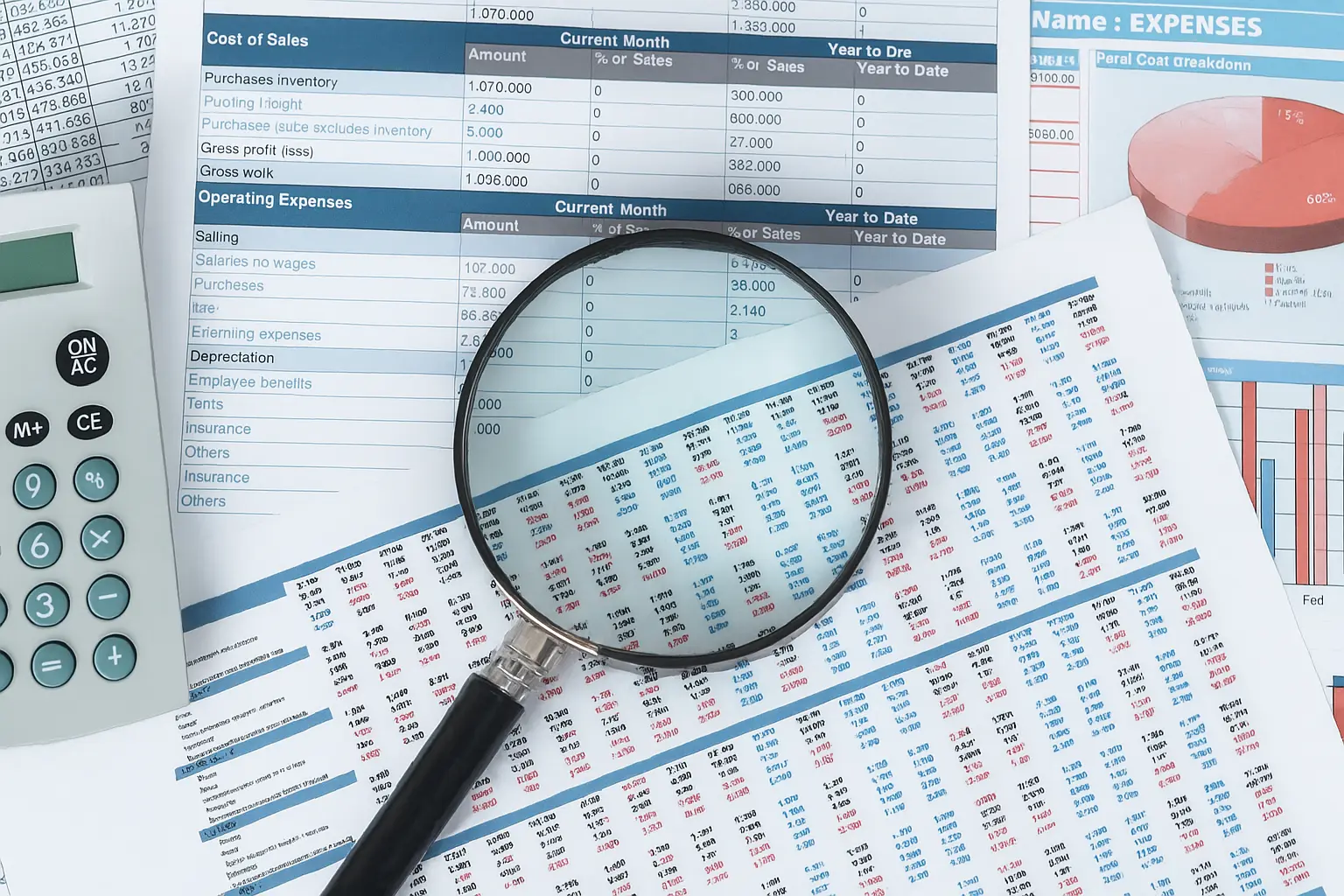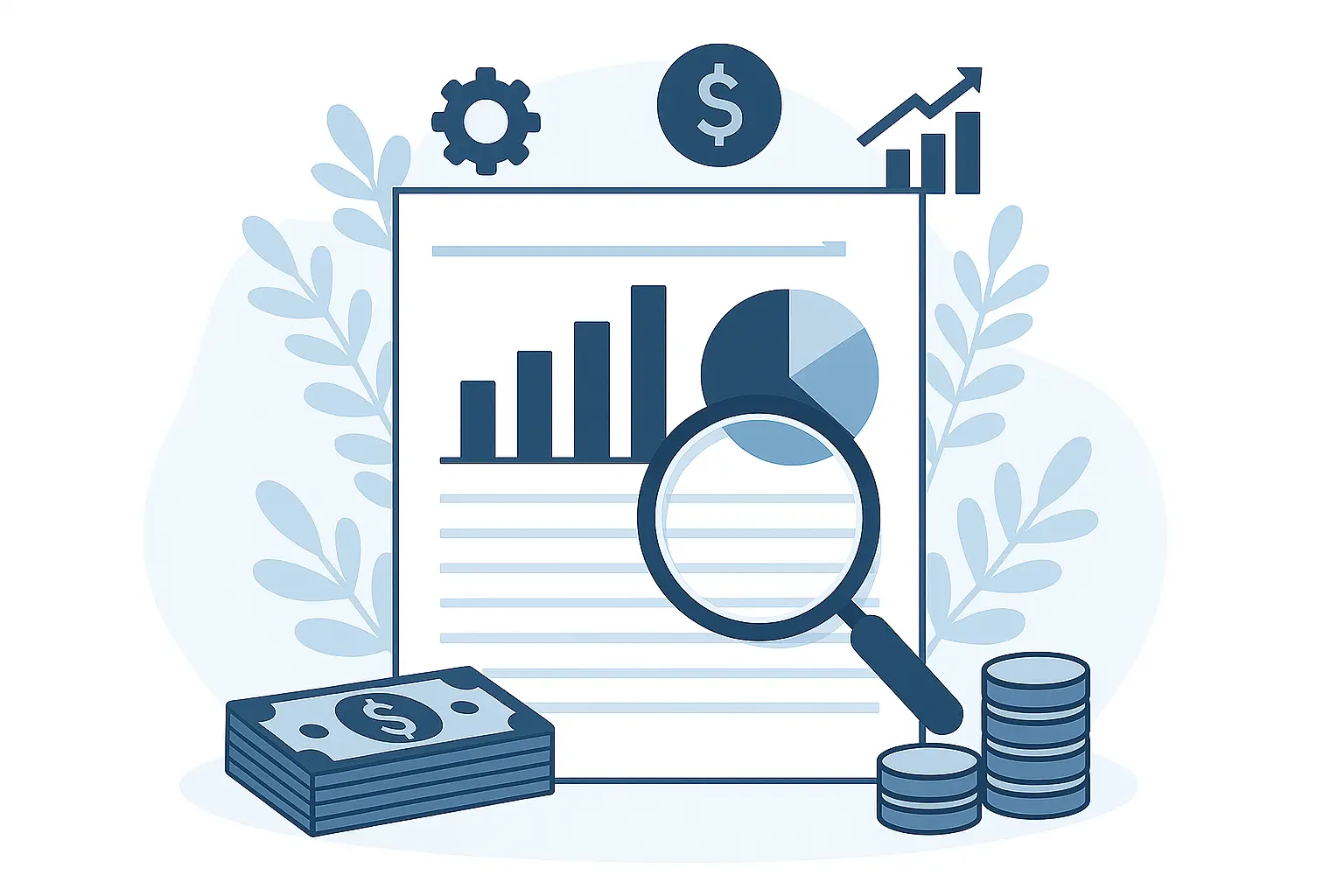Bank Statement Analyzer: Functions, Benefits, and Its Critical Role in Financing


In today's increasingly digital financial landscape, the ability to understand transaction data has become crucial. One of the most valuable sources of information is the bank statement, a document that reflects detailed and historical financial dynamics.
Bank Statement Analysis is a data-driven evaluation method used to identify financial behavior and risk profiles. In financing, this technique provides an objective foundation for assessing repayment capacity, cash flow stability, and credit potential.
Function: Quantitative Breakdown of Financial Structure
Functionally, a bank statement analyzer interprets financial activity through transaction data. Elements such as income frequency, expense amounts, ending balance ratios, and cash stability can be systematically mapped.
From a financial institution's perspective, this information serves as a tool to measure creditworthiness, solvency levels, and default risks. This quantitative analysis also helps eliminate subjectivity often present in conventional assessment processes.
Benefits: Financial Validation and Credit Risk Mitigation
The presence of a bank statement analyzer or bank statement analysis enhances efficiency in verifying financial conditions for both individuals and corporations. This technology enables automated processing of account data, reduces human error, and accelerates credit decision-making.
Additionally, it enables early detection of unusual activities that may pose financial risks. Bhave (2024) emphasizes that AI adoption in accounting forensics significantly contributes to identifying financial anomalies and strengthening digital audits. This data-driven verification process enhances accountability in financing systems.

AI Technology to Simplify Financial Complexity
Digital transformation has introduced a new paradigm in processing bank data. AI-based systems enable automated classification of thousands of transactions, identification of financial trends, and segmentation of expense types.
In a case study by Mathugama (2024), AI-based bank statement analyzers improved efficiency by 70% compared to manual spreadsheet methods. Machine learning further strengthens automated credit scoring through enhanced predictive capabilities. As a result, financing decisions become more responsive, precise, and quantitatively measurable.
Strategic Role in the Financing Ecosystem
In modern financial ecosystems, bank statement analysis is part of a risk-based approach. Financial institutions use this method to assess credit eligibility.
For MSMEs (Micro, Small, and Medium Enterprises), this approach enables businesses with limited collateral to access financing based on transactional viability. This analysis also supports Know-Your-Customer (KYC) processes and strengthens transparent, evidence-based financial governance.
Bank statement analysis is no longer just an administrative procedure—it is a strategic tool for crafting credible, data-driven financing policies. With AI-powered bank statement analyzers, the process becomes faster, more accurate, and reliable, serving as a foundation for risk mitigation and broader financial inclusion.
References
Related Articles

Financial statement analysis can help assess business health, measure financial ratios, and map potential risks to support strategic decisions.

Learn key indicators and financial statement analysis techniques to assess a company's overall performance, efficiency, and transparency.

In the digital era, financial activities are taking place with increasing volume and speed. Behind this convenience, the risk of fraud is also rising, both from within and outside an organization.
